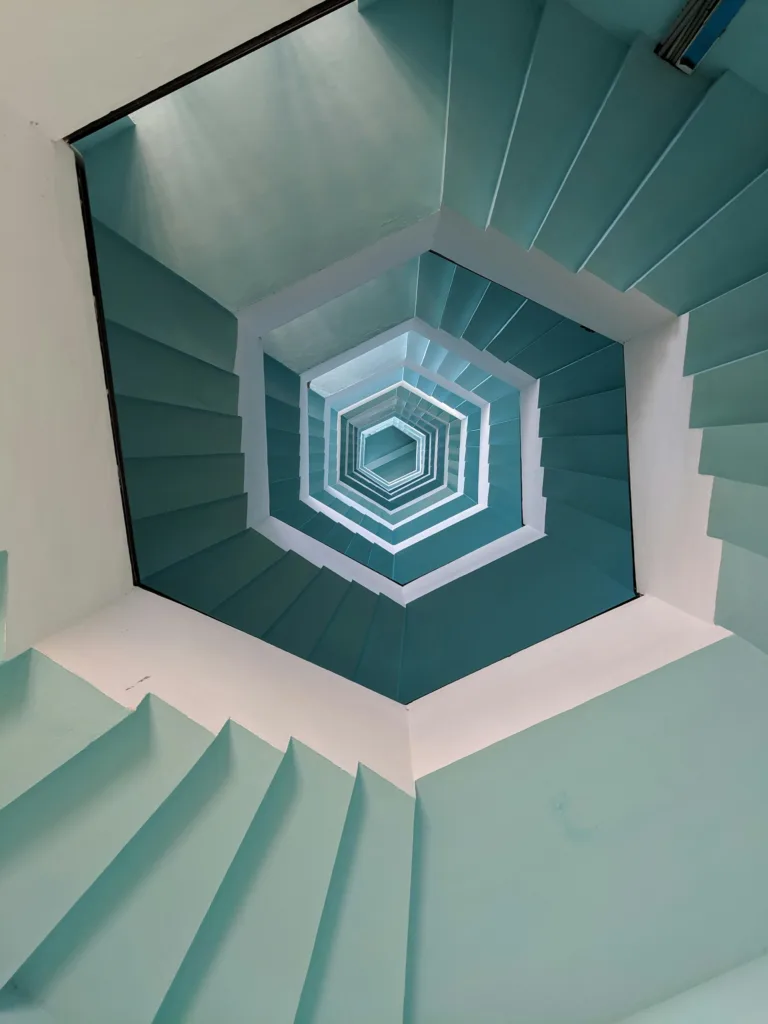Exploring the Intersection of Functionality and Aesthetics in Architectural Design
Functionality and Aesthetics in Architectural Design

Architectural design is a multifaceted discipline that blends functionality with aesthetics to create spaces that are not only visually appealing but also serve their intended purposes effectively. This essay delves into the intricate relationship between form and function in architectural design, exploring how architects balance practical considerations with artistic expression to shape the built environment.
At the core of architectural design lies the principle of functionality. Buildings must fulfill specific functional requirements dictated by their intended use. Whether designing a residential home, a commercial office space, or a cultural institution, architects must carefully consider factors such as spatial layout, circulation flow, structural stability, and environmental performance. Functionality encompasses not only the practical aspects of a building’s design but also its ability to adapt to the evolving needs of its occupants over time.
In addition to meeting functional requirements, architectural design is inherently concerned with aesthetics—the visual and sensory experience of the built environment. Aesthetics encompass various elements, including form, proportion, scale, materiality, texture, and color. Architects leverage these elements to evoke emotional responses, create memorable experiences, and communicate cultural or symbolic meanings through their designs. Aesthetic considerations play a crucial role in shaping the identity and character of a building, contributing to its overall impact on the surrounding context and the people who interact with it.
The relationship between form and function in architectural design is complex and dynamic. While functionality sets the practical parameters within which architects operate, form provides the means through which they express their creative vision. Successful architectural design strikes a delicate balance between these two aspects, ensuring that the functional requirements of a building are met without compromising its aesthetic integrity. This interplay between form and function often gives rise to innovative solutions and creative design solutions that enhance both the usability and visual appeal of a space.
Architectural design is a dynamic process that requires architects to navigate the intricate relationship between functionality and aesthetics. By balancing practical considerations with artistic expression, architects create buildings that not only meet the needs of their users but also inspire, delight, and endure as timeless works of art. In embracing this holistic approach to design, architects have the power to shape the built environment in ways that enrich the human experience and leave a lasting legacy for future generations.
Leave a Reply